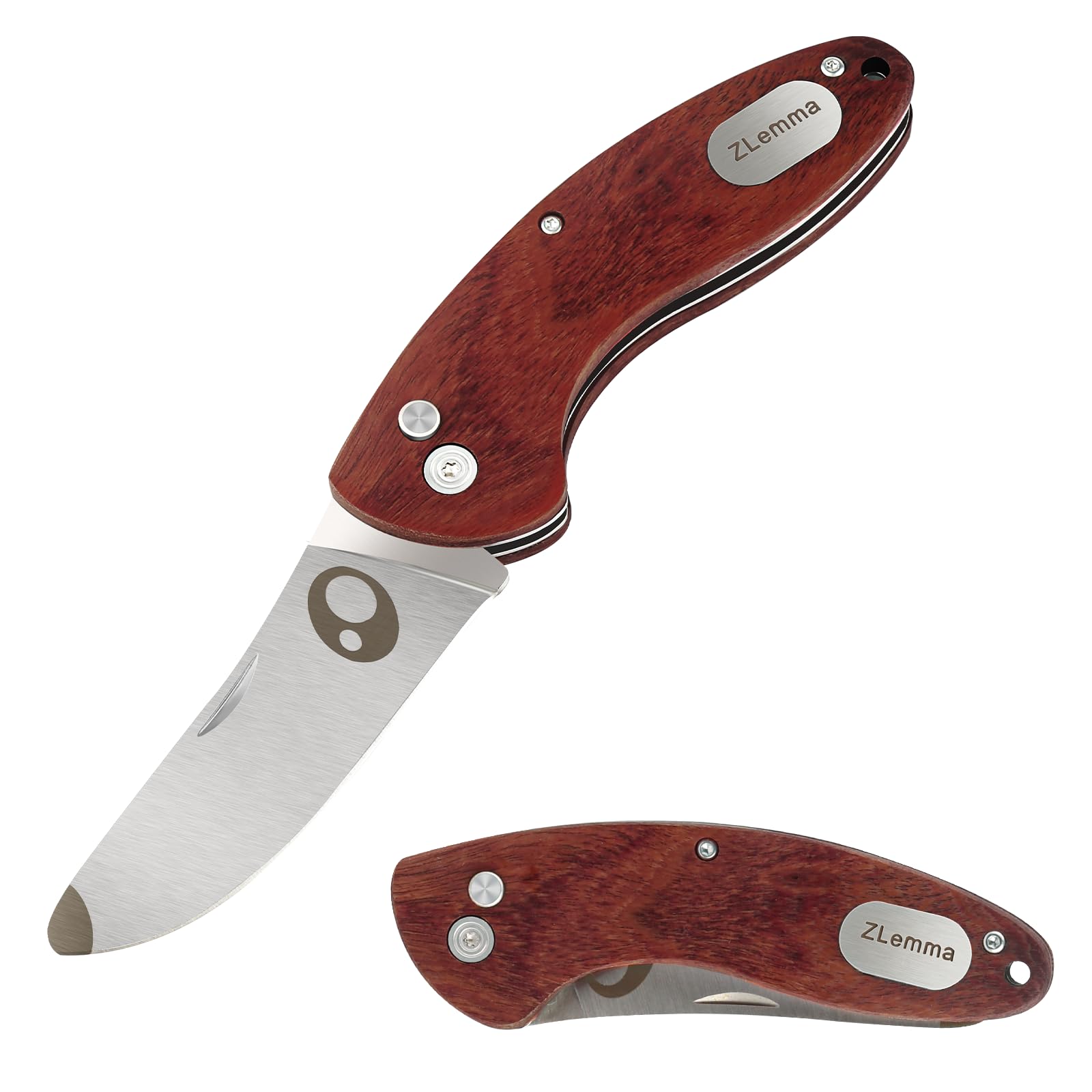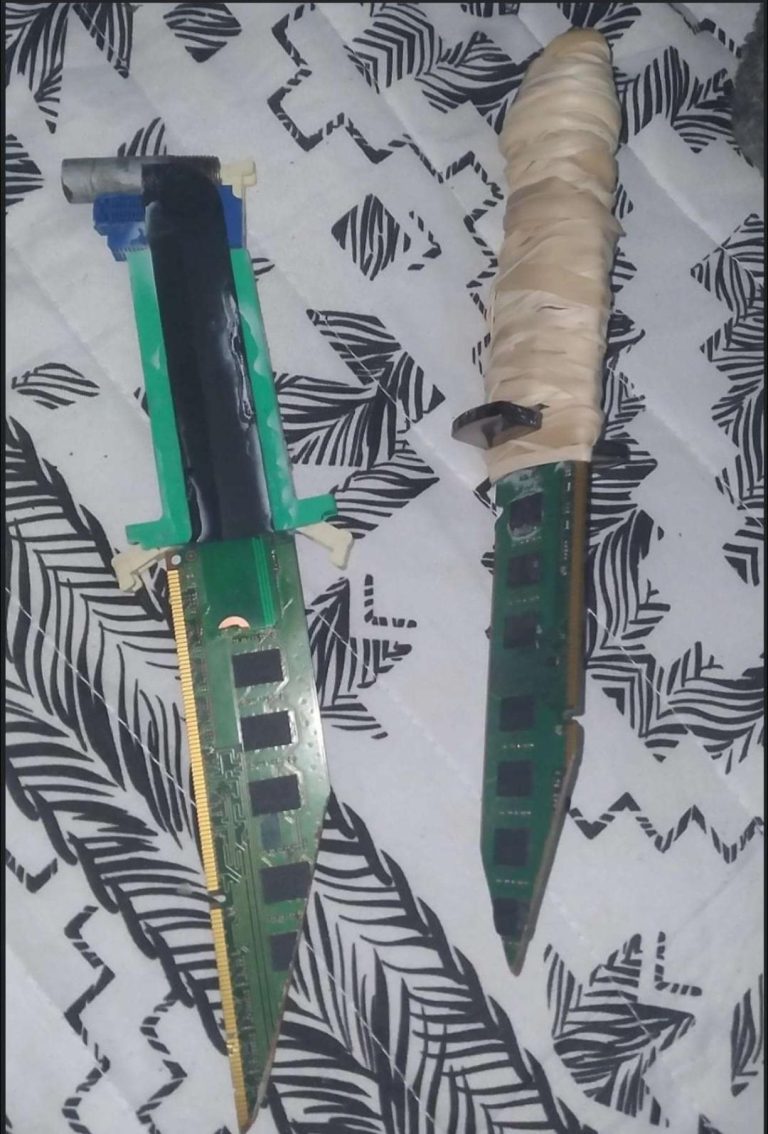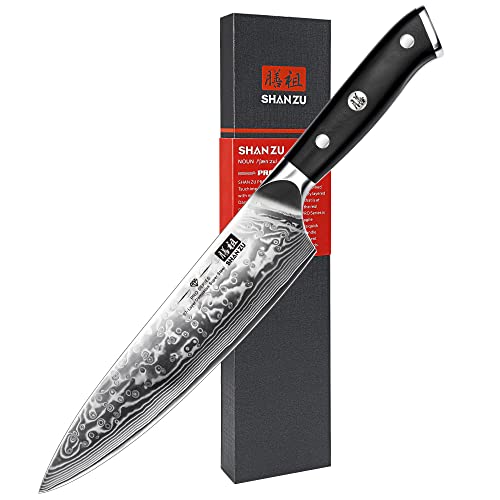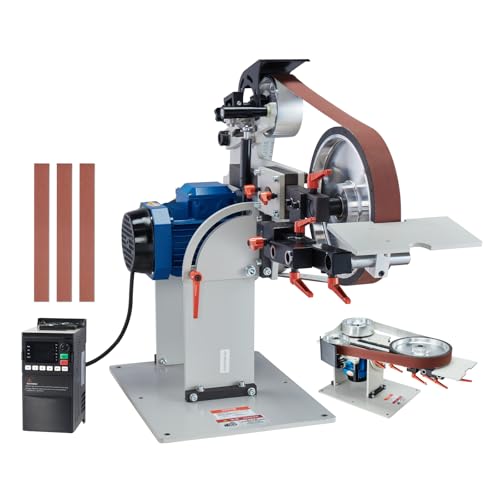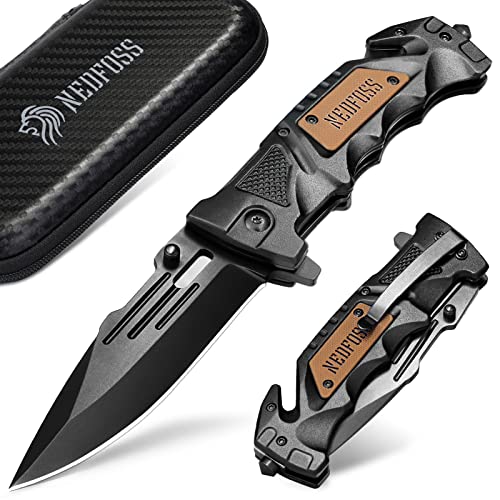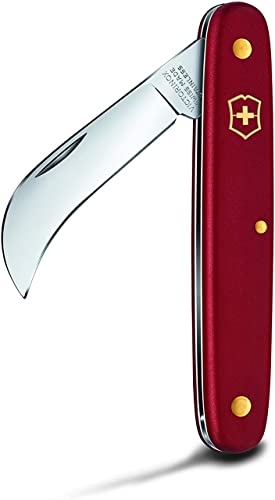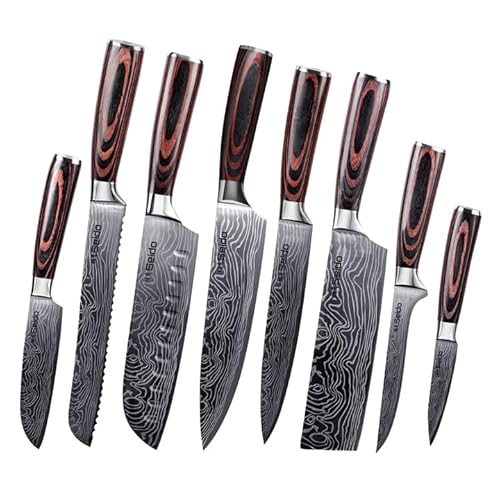Child’s Pocket Knife: A Guide to Safe First Tools
Imagine the thrill of adventure right at your fingertips, wrapped up in the simple yet captivating tool—a child’s pocket knife. This isn’t just any ordinary object; it’s a gateway to creativity, skill, and a sense of responsibility.
Have you ever considered how such a small tool can open a world of possibilities for your child? It’s not just about cutting or carving; it’s about learning, growing, and developing a sense of independence. As a parent, you naturally want the best for your child—experiences that teach them valuable life skills while ensuring their safety.
Dive into this article to discover how a child’s pocket knife can be a perfect companion in this journey, sparking curiosity and enhancing their outdoor adventures in ways you might not have imagined.
Child’s Pocket Knife
Choosing The Right Pocket Knife
Choosing the right pocket knife for your child is crucial. It’s important for safety and learning. The perfect knife can teach responsibility and skills. But, not every knife is suitable for children. Factors like size, design, and safety features matter. Let’s explore how to make the right choice.
Size Matters
A pocket knife should fit well in a child’s hand. It must be easy to hold and control. A small knife is usually better for children. They can handle it more comfortably. Check the knife’s length and weight. Ensure it’s not too heavy or long for them.
Blade Material
The blade’s material affects its durability and sharpness. Stainless steel is a popular choice. It’s resistant to rust and easy to maintain. Carbon steel blades are sharper but need more care. Choose a material that balances sharpness and maintenance.
Safety Features
Safety is a priority for children’s pocket knives. Look for knives with a locking mechanism. This prevents accidental closure on fingers. Rounded tips can also reduce injury risk. A slip-resistant handle provides a firm grip. This minimizes the chance of slipping during use.
Design And Aesthetics
Kids are drawn to attractive designs. Choose a knife with a fun or colorful design. This makes it more appealing to your child. Some designs reflect hobbies or interests. This can make the knife more meaningful to them.
Ease Of Use
A child’s pocket knife should be simple to use. Avoid complex mechanisms that confuse them. A straightforward folding system is ideal. Ensure the knife opens and closes smoothly. This enhances their confidence and independence.
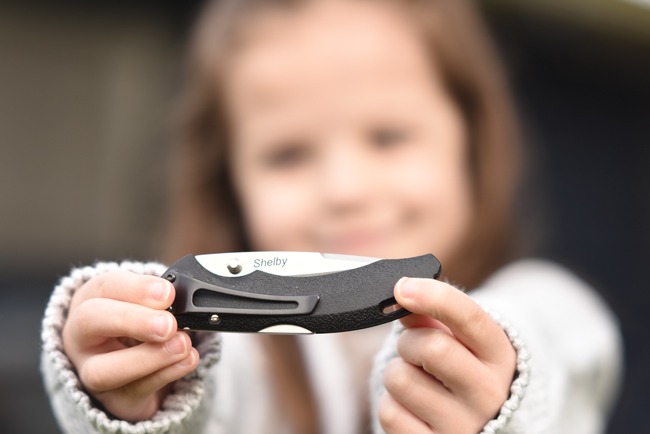
Credit: www.knivesshipfree.com
Safety Features To Consider
Choosing the right pocket knife for a child involves careful consideration of safety features. Parents must ensure the knife is not just functional but also safe for young users. Understanding the essential safety aspects can lead to a confident purchase.
Locking Mechanism
A locking mechanism prevents accidental closures during use. This feature keeps fingers safe while cutting. Look for knives with reliable locks.
Blade Material
Stainless steel blades offer durability and resistance to rust. A strong blade reduces the risk of breaking and causing injury.
Rounded Blade Tip
A rounded tip minimizes the chances of poking injuries. It’s a safer alternative to sharp-pointed blades, especially for beginners.
Handle Design
Handles with ergonomic designs provide a secure grip. A non-slip surface prevents the knife from slipping from the hand during use.
Size And Weight
A lightweight knife is easier for children to handle. Compact size allows for better control, reducing the risk of accidents.
Safety Instructions
Clear safety instructions are crucial. They help children understand how to use the knife safely and responsibly.
Teaching Knife Safety
Teaching kids knife safety helps build responsibility and caution. A child’s pocket knife can be a useful tool for learning. Supervised practice ensures safe handling and proper use, fostering confidence and skill.
Teaching knife safety to children is an essential step for any parent considering gifting a pocket knife. Introducing your child to knife safety can be a rewarding experience. It teaches responsibility and respect for tools. But how can you ensure they grasp these vital lessons without feeling overwhelmed?
Understanding Knife Safety Basics
Start by explaining the importance of knife safety. Highlight that a pocket knife is not a toy, but a tool. Discuss the potential dangers and how they can be avoided. Use clear and simple language to ensure your child comprehends.
Demonstrating Proper Handling Techniques
Show your child how to hold the knife safely. Use your own pocket knife to demonstrate. Make sure they see how you open and close it carefully. Encourage them to mimic your actions with close supervision.
Setting Clear Rules And Expectations
Establish rules for when and where the knife can be used. Consider creating a list of dos and don’ts. For example: – Do: Use the knife only under adult supervision. – Don’t: Point the knife at others or use it recklessly.
Practicing In A Controlled Environment
Create a safe space for practice. It might be your backyard or kitchen table. Provide materials like soft fruit for cutting. This allows your child to apply what they’ve learned in a safe setting.
Encouraging Open Communication
Invite your child to ask questions. Encourage them to express concerns or confusion. This builds trust and ensures they feel comfortable seeking guidance.
Reinforcing Safety Through Repetition
Regular practice is key. Schedule short, frequent sessions to reinforce skills. Praise their progress and gently correct mistakes. Repetition helps cement these lessons.
Reflecting On Personal Experiences
Share a story from your own childhood. Perhaps the first time you handled a pocket knife. What lessons did you learn? How did it shape your understanding of responsibility?
Evaluating Readiness And Growth
Assess your child’s progress over time. Are they following the rules consistently? Do they handle the knife with care? Use these observations to decide when they’re ready for more independence. Training your child in knife safety can be a bonding experience. It teaches valuable life skills beyond just handling a tool. How will you approach this important lesson with your child?
Age-appropriate Activities
Choosing the right pocket knife for a child involves more than safety. It’s about finding age-appropriate activities that enhance their learning and skills. Pocket knives can be tools for creativity, responsibility, and confidence. Introducing kids to safe and fun activities can foster their growth.
Whittling Simple Shapes
Whittling helps develop fine motor skills in children. Start with soft wood like pine. Guide them to carve basic shapes such as cubes or spheres. Ensure they understand knife safety rules. This activity boosts concentration and patience.
Building Small Structures
Constructing small items like birdhouses can be rewarding. Use the pocket knife to carve and shape the wood. Children learn basic construction techniques. This project encourages problem-solving and creativity.
Creating Wooden Art
Wooden art projects can spark imagination. Children can carve small animals or abstract designs. This activity allows them to express their artistic side. Ensure they wear protective gear during the process.
Learning Outdoor Skills
Teaching kids to use a pocket knife outdoors is beneficial. Demonstrate how to cut rope or prepare kindling. These skills are valuable for camping or hiking. Supervise closely to ensure they follow safety practices.
Crafting Personal Items
Children can make personal items like keychains or pendants. Simple designs can be crafted from wood or soft materials. This encourages personalization and pride in their creations. Use non-toxic materials for safety.
Maintaining The Pocket Knife
Ensuring a child’s pocket knife remains in good condition is essential. Regular cleaning prevents rust and keeps the blade sharp. Safe storage minimizes accidental damage, maintaining its functionality and safety for young users.
Maintaining a child’s pocket knife is crucial to ensure both safety and longevity. A well-cared-for knife can teach responsibility and proper tool handling. Regular maintenance also keeps the knife in optimal condition, ready for any small adventure or task your child might encounter.
Regular Cleaning
After each use, make it a habit to clean the knife. Teach your child to gently wash the blade with warm water and a mild soap. Dry it thoroughly with a soft cloth to prevent rust.
Sharpening The Blade
A dull knife is more dangerous than a sharp one. Show your child how to use a sharpening stone or tool. Encourage them to practice keeping the blade sharp, ensuring safer and more efficient use.
Oil The Joints
Pocket knives have moving parts that need attention. A small drop of oil on the joints keeps them moving smoothly. This simple step prevents the knife from becoming stiff and difficult to open.
Check For Loose Screws
Loose screws can make the knife wobbly. Regularly inspect the knife for any loose parts. Tighten any screws with an appropriate tool to maintain the knife’s integrity.
Storage Tips
Where your child stores their knife matters. Encourage them to store it in a dry place, away from moisture. Using a protective sheath or pouch adds an extra layer of care.
Teach Responsibility
Maintenance is a perfect opportunity to teach responsibility. Share a story of how regular care of your own tools has benefited you. Ask your child how they feel about taking care of their own pocket knife. Have you ever thought about how maintaining a tool teaches more than just care? Encouraging your child to maintain their knife not only preserves the tool but also imparts lifelong skills and responsibility.

Credit: www.opinel-usa.com

Credit: www.bellalunatoys.com
Frequently Asked Questions
Is A Pocket Knife Safe For Children?
Pocket knives can be safe with supervision. Teach your child proper handling and safety rules.
What Age Is Suitable For A Child’s Pocket Knife?
Generally, children aged 8 and up can use pocket knives. Always consider maturity and responsibility.
How To Teach Children To Use A Pocket Knife?
Start with basic safety rules. Show proper handling techniques. Supervise practice in a safe environment.
Conclusion
Choosing a child’s pocket knife involves careful thought. Safety matters most. Pick a knife with safety features. Size and weight should suit the child’s hand. Easy-to-use designs help them learn safely. Encourage responsible use and care. Teach them the importance of handling tools properly.
A pocket knife can be a useful tool. It can help develop skills and responsibility. Always supervise and guide their use. Help them understand the value of safety. With the right pocket knife, children can explore the world responsibly.
Related Article

